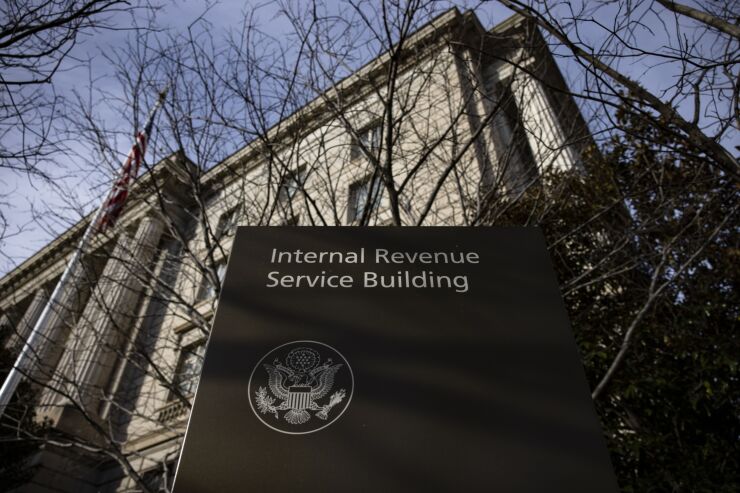IRS readies IT and service-level improvements

The funding provided to the Internal Revenue Service by Congress over the next 10 years will have an effect that surpasses the additional agents slated to be hired. Among many other things, the IRS is working on improvements that have been in the works for several years, particularly in the area of IT systems. In addition, Treasury Secretary Janet Yellen has pushed for improvements in service levels.
“This means that you can expect investments in both phone and in-person hiring over the next few years,” said Stephen Mankowski, tax chair at the National Conference of CPA Practitioners.
Practitioners Priority Service
Improvement in phone service can come none too soon for Beanna Whitlock, a practitioner in Spring Branch, Texas, and the former IRS director of public liaison. “This is especially so as it relates to the Practitioners Priority Service,” she said.
Whitlock, executive director of the NCPE Fellowship, is urging members of the fellowship of tax professionals to write to their congressional representatives to protest what she calls the “virtual shutdown” of the PPS.
“Members have concerns about not being able to represent their clients before the IRS because, with their calls not being answered, they have no access to the IRS on their behalf,” she said.
“The Practitioners Priority Service line is running a program whereby if the practitioner can get into the queue, it goes into a ‘cut-off’ mode,” she explained. “With so many tax pros leaving the business, we are going to be inundated with taxpayers who are searching for a new tax advisor. Someone suggested that IRS staff were asked to work over the holidays to get inventory processed, but the union blocked it.”
Information Return Intake System
As a result of Section 2102 of the Taxpayer First Act, the IRS is launching an online portal that will allow taxpayers to electronically file both small and large volumes of Forms 1099, according to Mankowski.

Samuel Corum/Bloomberg
“The new portal, known as Information Return Intake System, will launch in January 2023 for tax year 2022,” he said. “It’s a means for smaller practitioners or small to midsized businesses that only do a handful of 1099s to go in and upload data. They will know that it’s been filed and has been received and isn’t just sitting there.”
With IRIS, practitioners will be able to:
- Submit small or large volumes of the 1099 forms series, and the system will retain the records from year to year;
- File electronically without software; and
- Choose an electronic filing option.
Beginning Jan. 9, 2023, small-volume filers will be able to file Forms 1099 series via the user portal. If the original return was filed on the portal, taxpayers can also file corrected returns, as well as auto extension requests via the portal. It is expected that future updates will modernize the application to an XML format. While IRIS was not initially designed to replace the Filing Information Returns Electronically system, ultimately the FIRE system will be retired.
“Taxpayers planning to file information returns electronically next year who were assigned a transmitter control code before Sept. 26, 2021, now have until Aug. 1, 2023 to submit a new Information Returns Application for Transmitter Control Code (IR-TCC) in order to have access to the FIRE system,” said Mankowski. “All new applications for TCCs must be submitted through the IR-TCC system. “The new online system allows filers to maintain and update their existing TCCs through the online portal.”
Publications and website updates are currently being drafted, he indicated: “When ready, practitioners can refer to IRS Publication 5717 for the portal, Publication 5718 for the A2A [Application-to-Application Toolkit), and Publication 5719 for IRIS.”


